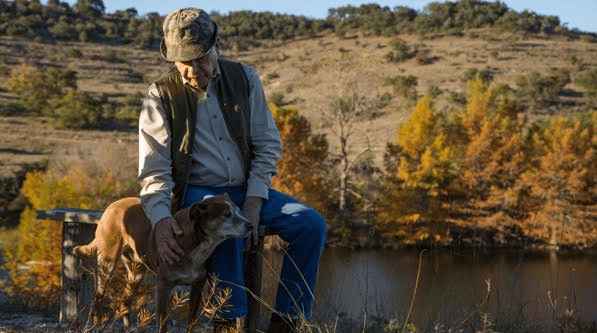UMW community represents environmental awareness and protection through film festival
3 min read
Selah | Creative Commons
By RACHEL MANNING
It is a warm and sunny Saturday afternoon, and the lights go down in Dodd Auditorium. Beautiful nature scenes from around the globe appear on the screen, marking the beginning of the 15th annual Wild & Scenic Film Festival. This festival was made possible by the President’s Council on Sustainability, which is in charge of environmental causes on campus, and Friends of the Rappahannock, a local organization dedicated to protecting the area’s natural resources.
According to Richard Finkelstein, the dean of the college of arts and science, part of what makes this event successful is the deep commitment the university has to protecting the environment and the close relationship it has with FOR.
For the past two years, the festival was held at the movie theater in Paragon Village, Spotsylvania, where 250 of the available seats were sold. This year’s Wild & Scenic Film Festival was held on-campus and was made free for students, thanks to grants from local and national corporations, like Stafford Printing, Wells Fargo and contributions many of UMW’s science departments.
According to Nick Cadwallender, development coordinator for FOR, these films were shown on Saturday as an extension of the environmental film festival hosted by the South Yuba River Conservation League in California. A total of 140 groups from around the country selected from the films shown there and the ones that they most wanted to show in their own communities. Local and national corporations helped shoulder the cost of bringing the festival from California to Fredericksburg.
In fact, it is very common for UMW students to go on to work with FOR, as about 50 percent of FOR’s staff are UMW alum. “A very large number of students and faculty see the environment and green initiative as really crucial to everything the university does,” Finkelstein said.
“By partnering with UMW we were able to open [the festival] up to a larger audience,” Cadwallender said. “Our hope is to attract lots of young people, and share with them the beauty and fragility of the planet.”
Since the event was free for students it allowed this initiative to be more accessible. “I think it’s great that they’ve made it free,” said senior theatre major Gwen Levey. “That makes it far more accessible to students.”
This deep commitment can be seen in students who came to the event to volunteer. Meredith Palumbo, a senior biology major, found out about the event through COAR three years ago. She’s been volunteering with COAR ever since, and has been interning with FOR since last summer. She says, “This has been very beneficial to me. Through my involvement, I’ve figured out that I enjoy restoration, and I’ve gotten field work and event planning experience.”
While the experiences the students have with FOR and the Wild & Scenic Film Festival have been important, this particular event was all about the environmental movies it featured.
Even though all of the movies shown were under 30 minutes long, they were all still very effective. Chris Sandoval, a senior environmental science major, loved all the films shown, but was especially inspired by one about Douglas Tompkins, the founder of The North Face and Esprit, who almost single handedly established 2 million acres of national parks in Chile and Argentina.
“It shows how giving back can really be impactful,” Sandoval said. “Showing these environmental movies is a really great way to get people to talk about the environment.”
Indeed, it is possible for ordinary people to make huge steps in protecting the environment, as this has happened right on the Rappahannock. “We are fortunate to live on the longest free flowing river in Virginia that is protected by a 4,000 acre environmental easement,” Cadwallender said. “The foresight of a committed group of ordinary local people with extraordinary vision made this possible.”
“Although [this film festival] is not about our region, it still celebrates the elements that are important to strengthen this region and further our students’ connections to environmental causes,” Finkelstein said. “I really hope that next year there’s an even stronger turnout.”
Cadwallender agrees, “Friends of the Rappahannock see the Wild & Scenic Film Festival as a celebration of nature and a call to action to restore and preserve the health and beauty of the natural world. We want [students] to become the next generation of environmental stewards, committed to preserving the natural world.”
The festival stressed the point on how now is the necessary time to start taking care of our planet.


